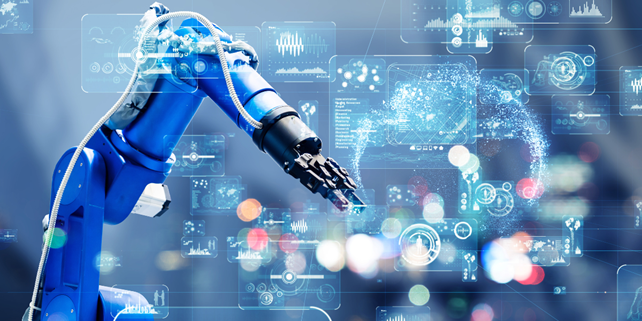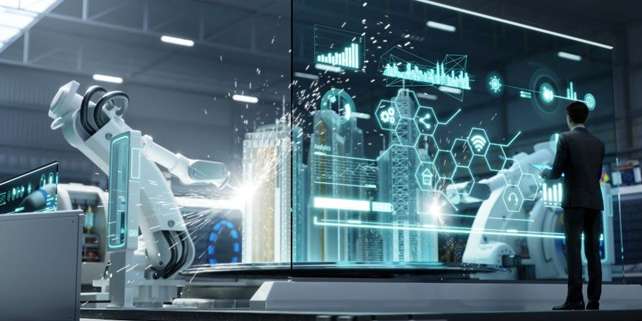Industry 5.0 and the Role of Collaborative Robots in Handling Dangerous Tasks Alongside Human Workers

In the realm of industrial evolution, Industry 5.0 emerges as a pivotal phase that intertwines the capabilities of humans and machines to revolutionize production processes. Unlike its predecessor, Industry 4.0, which focused on technological advancements, Industry 5.0 places a significant emphasis on human-centric initiatives and the integration of collaborative robots, known as cobots, into the workforce.
Evolution from Industry 4.0 to Industry 5.0
Industry 4.0 laid the foundation for interconnected production systems driven by technologies like the Internet of Things and artificial intelligence. In contrast, Industry 5.0 takes a step further by infusing the human touch back into manufacturing. This new era envisions a harmonious collaboration between highly skilled workers and cobots, where each complements the other’s strengths to enhance production value.
Collaborative Robots: Enhancing Human-Machine Interaction
Collaborative robots, or cobots, represent a new breed of industrial robots designed to work alongside humans in a shared workspace. Unlike traditional autonomous robots, cobots respond to human instructions and actions, fostering a synergistic relationship that leverages the unique strengths of both parties. This collaboration enables the delegation of tedious or hazardous tasks to cobots, freeing human workers to focus on more intricate and essential aspects of production.
Applications of Cobots in Handling Dangerous Tasks
The integration of cobots in industries such as automotive manufacturing has been instrumental in automating perilous and repetitive tasks like welding, assembly, and painting. By entrusting these tasks to cobots, human workers are liberated from engaging in hazardous activities, thereby enhancing workplace safety and efficiency. Moreover, cobots play a crucial role in quality assurance tasks, utilizing advanced technologies like robot vision to identify defects imperceptible to the human eye.
Future Developments and Innovations in Industry 5.0
As Industry 5.0 unfolds, the landscape of manufacturing is poised for significant advancements. The personalized manufacturing facilitated by cobots offers a glimpse into a future where customizability and efficiency converge. Unified data management platforms, digital twins, AI-powered systems, and experiential tools like virtual reality are reshaping the manufacturing landscape, paving the way for tailored and sustainable production practices.

Conclusion
Industry 5.0 heralds a new era of industrial production characterized by the harmonious coexistence of humans and machines. Collaborative robots stand at the forefront of this transformation, enabling companies to achieve greater efficiency, customization, and sustainability. By embracing the potential of cobots to handle dangerous tasks alongside human workers, industries are poised to unlock innovation, enhance productivity, and create a safer working environment for all stakeholders.


